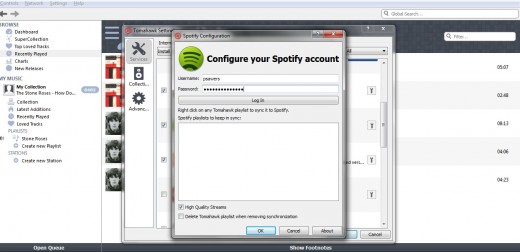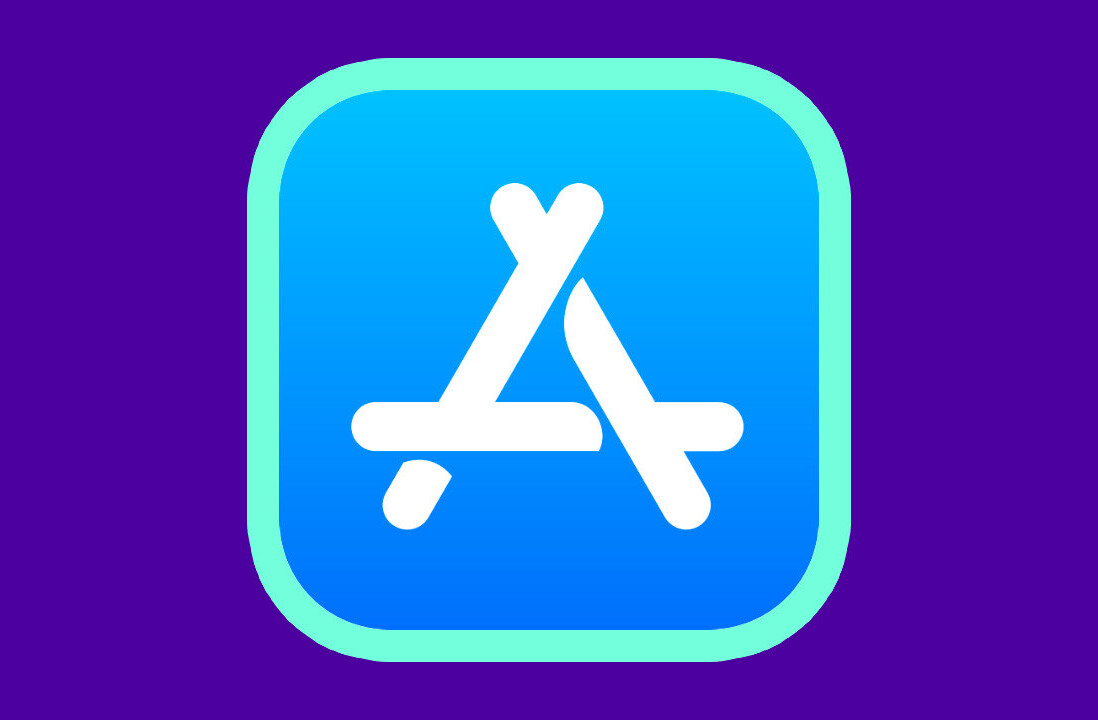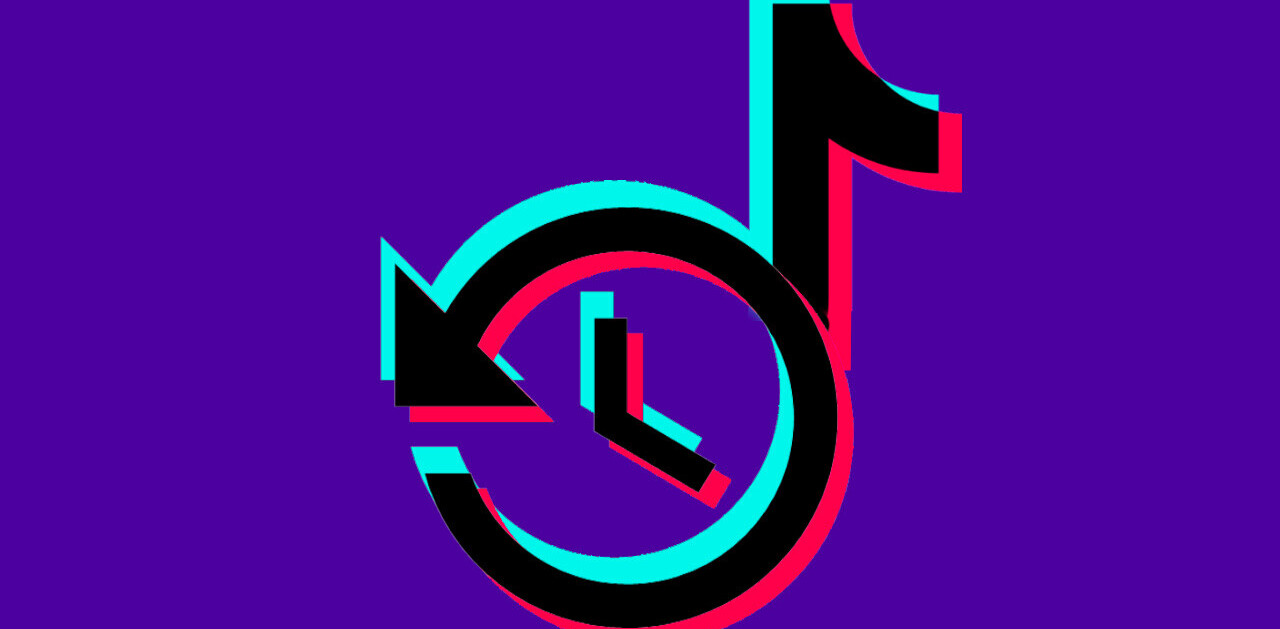
You may or may not have heard of this music player before, but either way you’ll probably want to read on as we think you’ll like it.
Tomahawk is a cross-platform, open source desktop music player. Not only does it let you play tunes stored on your hard-drive, as any self-respecting desktop music player should, but it also taps a range of music sources such as SoundCloud, YouTube, Spotify and other subscription services to centralize everything in one place.
Available for Windows, Mac and Linux, Tomahawk has actually been out for some time already, but it has just been relaunched with a new design and a slew of new features. Before we look at these though, it may help if we take a quick glance back at how Tomahawk got to where it’s at now.
The story so far…
“We’ve been working on Tomahawk for almost 2 years now,” says Jason Herskowitz, an open source contributor at Tomahawk. “As you can see from our backgrounds, we have all been around the digital music-tech space for some time. Tomahawk is what we call the ‘spiritual successor’ to a project from a few years ago called ‘Playdar’, which was started by Richard Jones, co-founder and CTO of Last.fm – and which I and others were early supporters of.”
As with many of the most popular tech products, Tomahawk started off as something else before morphing into the product we see today. “Even though Playdar never got that far, nor was it really usable by consumers, the concept was widely recognized as having the potential of being very disruptive,” continues Herskowitz. “For example, Fred Wilson talked about it back in 2009. At the time Playdar was really a headless, UI-less technology that could be leveraged by online sites and services to let users bring their own content to other people’s contexts.”
While the folk at Playdar stopped working on that particular codebase, some of the same concepts were salvaged for the full desktop player that launched as Tomahawk early last year. And now with a full relaunch of the desktop player in 2012, a Web version recently arriving on the scene and mobile “not too far off”, there’s a feeling ’round these parts that Tomahawk is gearing up to be a force to be reckoned with.
Tomahawk 0.5

The latest version of Tomahawk includes bi-directional Spotify playlist-syncing, which means whichever platform you’re updating, the playlist will be amended in both Tomahawk and Spotify.
In terms of how you ‘resolve’ the content from your other services, click ‘Settings’ and then ‘Configure Tomahawk’.
Here, you’ll be presented with a list of third-party services to connect with, for example Spotify:

Once configured, your Spotify playlists will be presented down the left-hand pane alongside all your other playlists.
Other updates with this latest version of Tomahawk include detailed artist pages, albums and a number of enhancements. In terms of navigation and UI, there are now forward/back controls, and also keyboard media key controls for Windows & Linux machines, which was already available for Macs.
Throw into the equation a ‘New Releases’ feature that lets you browse and play new releases by genre, a new sharing widget (in the Now Playing window) that lets you post your currently playing song to Facebook and Twitter, and the fact that it’s now available in Arabic, Bulgarian, French, Spanish (Castilian), Catalan, Russian, Polish and other tongues, then we have a really neat and powerful platform on our hands here.
It’s worth remembering, too, that Tomahawk is open-source and thus relies on the contributions of others.
Toma.hk: A browser-based baby brother

Tomahawk now has a browser-based baby brother too called, erm, Toma.hk, which includes online and embeddable playlists, artist and album pages, embeddable album pages, with support for SoundCloud, YouTube, Ex.fm, Official fm, Spotify, Deezer, Rdio and Jamendo.
Here’s a sample song embedded here:
And in case you were wondering, here’s what an embedded playlist looks like. The same can be done for artists and albums:
Toma.hk’s embeds just play, no user accounts or Facebook-connecting needed – it really is a great feature. You may remember that this is something that Spotify offers too, but not quite.
Alternatively, you can also share playlists, artists and albums by right-clicking on any of them and hitting ‘Copy Link’, which creates a URL that can be pasted into a tweet, email or anywhere, to share a toma.hk playlist link.
All in all, it’s a great addition to the Tomahawk product range, and this has probably become my default music player of choice. I just can’t wait for it to roll out mobile apps, though for the time-being Toma.hk is playable through a mobile browser.
“The response has been overwhelmingly positive,” says Herskowitz. “We’ve also been nominated for Best Music App in MTV’s O Music Awards.”
Herskowitz says that they are just about to pass 200,000 downloads across Windows, OS X and Ubuntu, though in reality this milestone may already have been reached. “We don’t get good stats on the other flavors of Linux, so we are likely already past that threshold.”
➤ Tomahawk: Desktop App | Web App
Feature Image Credit: Runran | Flickr
Get the TNW newsletter
Get the most important tech news in your inbox each week.





